Child Trafficking Is a Growing Global Industry – And We Need To Do Something About It
This post, authored by Co-Founder Harry Leibowitz, originally appeared in Huffington Post Impact on January 8, 2016.
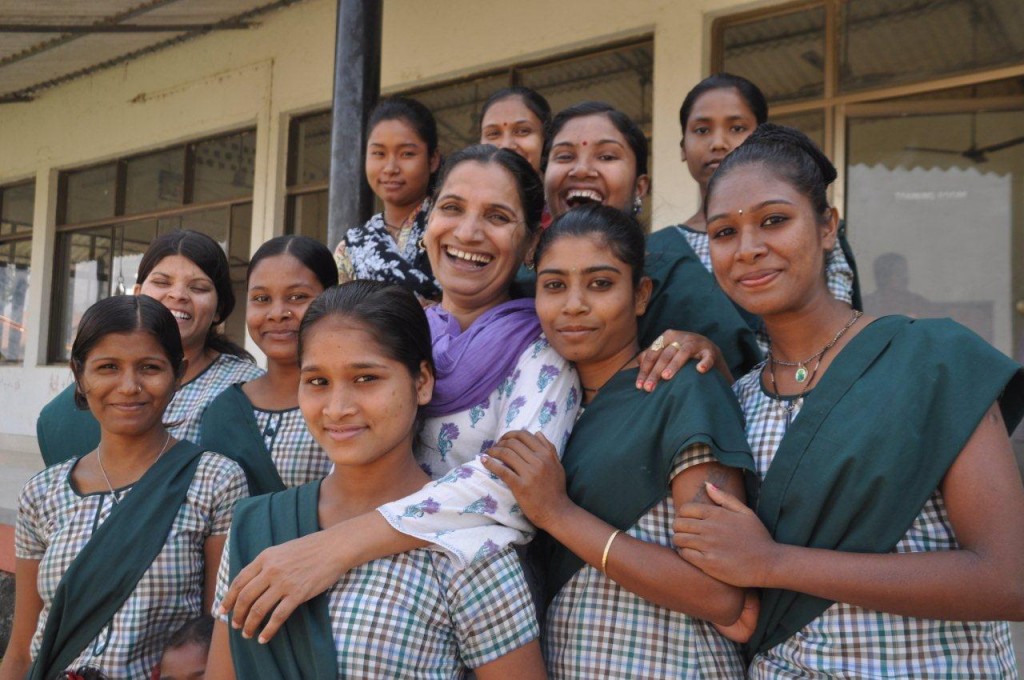
This week, we opened nominations for our newest Award at World of Children – the Child Protection Award. The Award represents a minimum annual commitment of $50,000 by our organization to combatting child trafficking, child slavery, and child abuse worldwide. In the flurry of activity that’s led to this recent announcement, I keep coming back to a memory from our 2013 trip to Nepal – to the girls who first showed us the need for an Award and a commitment like this.
During a visit to World of Children Honoree Douglas MacLagan’s CWS Nepal, we sat around a table with 7 girls, ranging in age from 10 to 14 years old. All of the girls had been trafficked into sex slavery and endured that life for over a year. Two of the girls had been forced to live as sex slaves for over 3 years of their young, precious lives.
None of the girls could look up or meet our eyes. Two of the little girls held hands so tightly, I wondered if they would ever let go. Even though they’d now been “safe” and in treatment with CWS for anywhere from several weeks to several months, they were still obviously so terribly broken. I got the impression that there was no real way to put them back together and make them whole again. No way to undo the terrible hurt they’d endured.
But as CWS facilitator spoke, a few of the girls began to respond. They slowly lifted their heads and began to listen, tentatively, to her words. It had taken them weeks – or months – to get to this point, but it was a start. The process of their recovery will be a long and arduous one – perhaps it will never be completely over. But our honorees and their organizations who work with rescued victims around the world, never give up. They work with these girls and boys to help them heal, to help them regain self-respect and confidence, and to help them learn to trust again and live as full, self-supporting members of society.
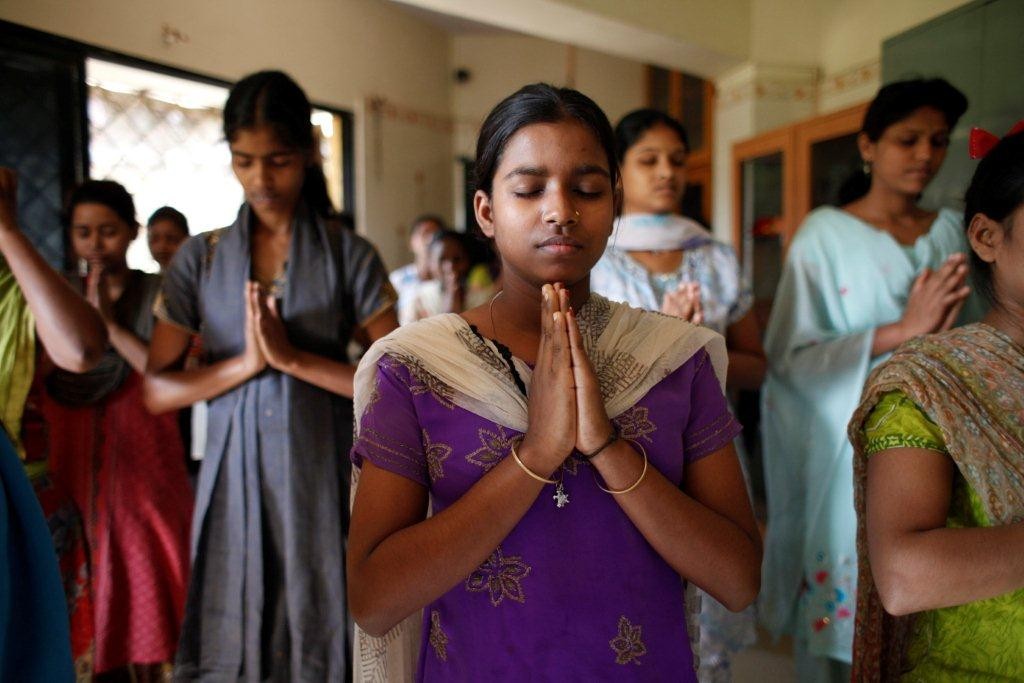
These girls we met that day were just 7 of the millions of child victims of trafficking living around the world today, not just in poor countries like Nepal but also in developed countries, including the United States. I say “millions” vaguely because nobody really knows the full extent of these practices. Child trafficking is a nefarious enterprise conducted largely in the dark and often sanctioned by the very authorities tasked with protecting children. The last comprehensive global estimate of trafficking was completed more than a dozen years ago (in 2002) by the International Labor Organization (ILO).
Since then, there have been extrapolations of the data, estimates, and discussions but no way to come to a firm number. Based on the most recent information provided by UNICEF, the 2002 ILO number of 1.2 million children affected by trafficking is still the prevailing number used to reference the issue. Add to this the findings of a 2014 report by the United Nations indicating that between 2004 and 2011, the number of children detected as victims of trafficking has risen dramatically as a percentage of total detected trafficking cases (from 10% to 21% girl children and from 3% to 12% boy children) and it becomes clear that child trafficking is a huge and growing threat to child safety and well-being worldwide.
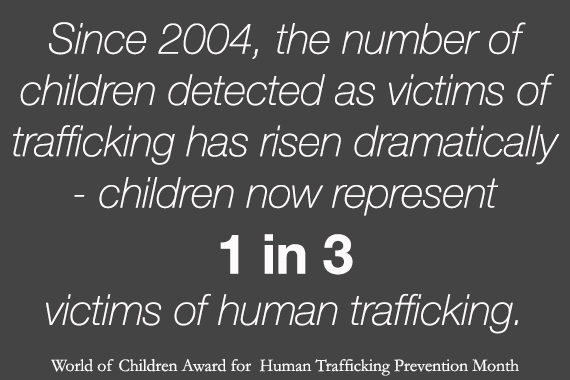
And these are only the cases authorities know about. And they’re only the children technically termed “trafficking” victims, rather than victims of other forms of culturally sanctioned servitude, like victims of the Restavek tradition in Haiti or Bacha Bazi in Afghanistan. It becomes clear that these numbers, as concerning as they are, represent merely the tip of a vast, hulking iceberg (which hides as much as 87% of its bulk underwater). Given this, it is conceivable and even likely that tens of millions of children are living in some form of forced servitude, slavery, or exploited position.
So what is the global community doing about it?
Not nearly enough.
Most of the work currently being done by those who care for these children is “rescue and rehabilitation” but precious little is done to interdict or disable the trade in and use of children for slavery, especially sexual slavery.
Child slavery is enormously profitable. Because of this many invested political and security organizations around the world are complicit in the crime. The wealth created on the veritable backs of these children is estimated to be $32 billion but, again, that is based only on what is visible of the iceberg “above the water line.” The real value could be more than 4 to 5 times that, making trafficking of children far more profitable than the illicit drug trade. This wealth compromises efforts to interdict.
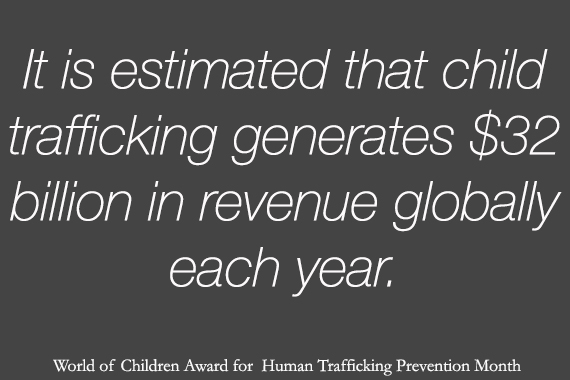
Additionally, as the NY Times reported when the UN research was published, “Even though traffickers do not conduct their business openly, they have little fear of prosecution because many countries do not enforce their laws. Forty percent of the world’s countries have recorded few or no convictions.”
I could not agree more with the opening of the research summary that “The exploitation of one human being by another is the basest crime. And yet, trafficking in persons remains all too common, with all too few consequences for the perpetrators.”
It is time to end the era of “all too few consequences.” It is time for us to stand together and take bold action. We need a global commitment to bringing this dark chapter of our society into the light and we need unprecedented philanthropic and political will committed to stopping the spread of this scourge on our modern society.
We can no longer stand by while this activity scales up every year and millions more children are robbed of childhood and broken, sometimes forever.
Please commit to standing with me and World of Children.
Find resources that will help you launch your own digital awareness campaign here. If you represent a nonprofit, corporate, or political interest that would like to collectively brainstorm or take action on this issue, please contact me.
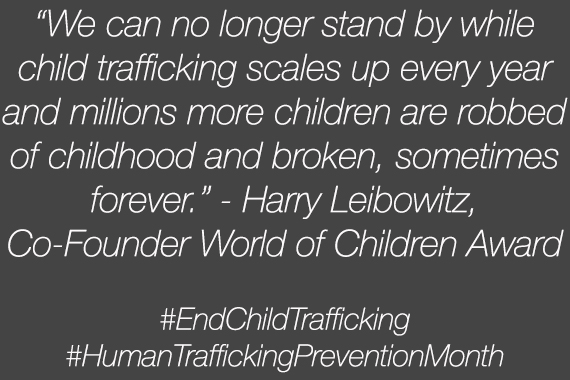
References Cited –
ILO report: http://www.ilo.org/ipecinfo/product/viewProduct.do?productId=742
UNICEF report: http://www.unicef.org/protection/57929_58005.html
UN report: http://www.unodc.org/unodc/en/data-and-analysis/glotip.html
NY Times report: http://www.nytimes.com/2014/11/25/world/africa/un-report-shows-an-increase-in-child-trafficking.html?_r=0